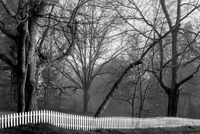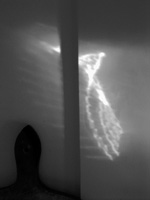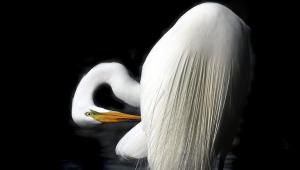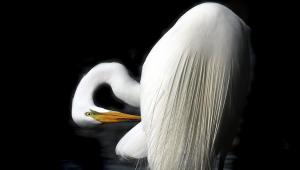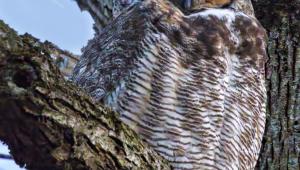George DeWolfe
Where The Eye And The Spirit Meet
Photographer for over 40
years, author and contributor to numerous books and journals on traditional
and digital photography as well as a past teacher at the New England
School of Photography, University of Idaho, and Colorado Mountain College,
George DeWolfe is perhaps best known for his popular workshops and seminars
throughout the country (22 this past year). |
|||
Perception Is The Key |
|||
Our first step is to see. The problem comes in combining the emotion you feel at the moment of exposure with what you are seeing and then juxtaposing them in such a manner in the print so that the feeling of what you perceive comes across in the final image. "It is not a conscious thing," he explains. "It happens. That is what the mission is and it's the hardest thing to do in photography, traditional or digital." The Process |
|||
Our first step is to see. The problem comes in combining the emotion you feel at the moment of exposure with what you are seeing and then juxtaposing them in such a manner in the print so that the feeling of what you perceive comes across in the final image. "It is not a conscious thing," he explains. "It happens. That is what the mission is and it's the hardest thing to do in photography, traditional or digital." The Process |
|||
All of this is directly opposed
to the conceptual trend in the art world at this time. What DeWolfe talks
about is the magic of the image and about the form, motion, and color
that our brain interprets visually, the intangible and compelling process
that can make people see, the "stuff" that he says he has
spent the better part of 40 years trying to nail down and to teach. |
|||
In The Moment, With
Camera Digital Now |
|||
"The digital process
allows me to express a lot more about white and tones and about my subject
than I was ever able to express in silver. For the past six years I have
latched on to quad tones and find that taking a really good ink jet print
and a really good silver print of the same negative is compelling. The
ink jet gives me a much better realization than I ever had in silver,
a print with subtleties that are much closer to what I felt when I took
the image. I am getting a denser black with the quad tones, and a smoother
gray scale in between and no dots in the highlights because of the mixing
of different grays. It is a more efficacious way to bring out the light
in the photographs. |
- Log in or register to post comments




